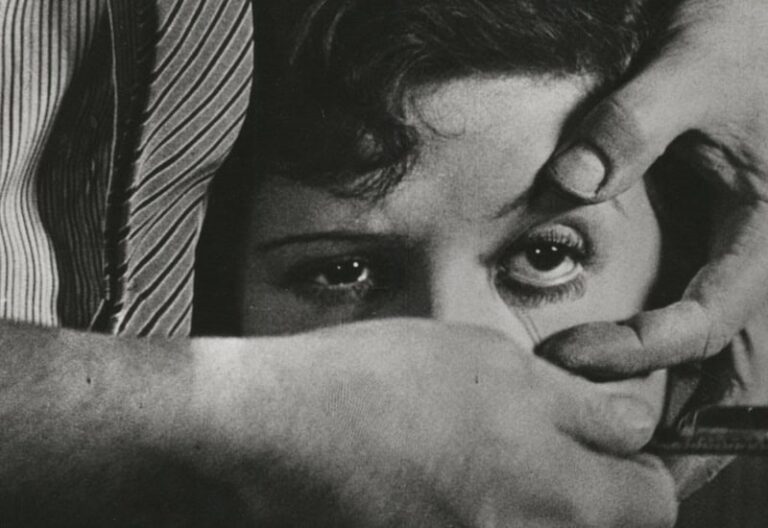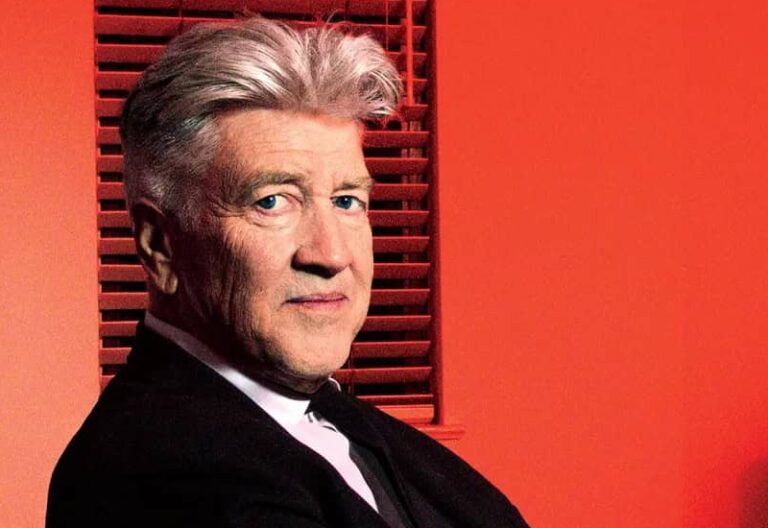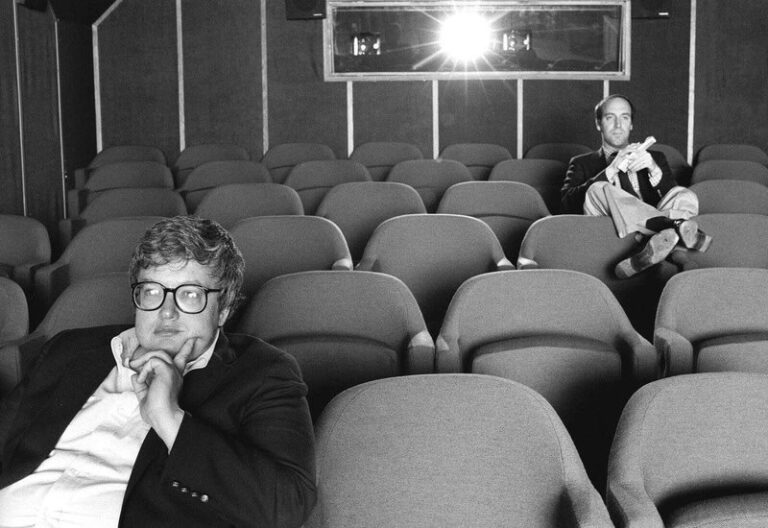the holy mountain review
film by Alejandro Jodorowsky (1973)
After moving from Paris to Mexico City in 1960, Jodorowsky’s interest in surrealist art birthed the Panic Movement, an art collective created in France in 1962, co-founded by fellow artists and filmmakers Fernando Arrabal and Roland Topor. The Panic Movement, named after the god Pan and influenced by Luis Buñuel and Antonin Artaud’s Theatre of Cruelty, was a transgressive response designed to go beyond the boundaries that surrealism was penetrating. It aimed to disrupt the status quo of artistic production through an absurdist approach mixed with abstract, avant-garde methods and surrealist expression. This unique process was applied to creating performance art, short films, and feature-length films.
Review by: Aaron Jones | Filed Under: Film Reviews
Jun 24, 2024
The movement is described as being a sexual act in its totality, laying the foundation for what “El Topo” would eventually evolve from. The release and reception of “El Topo” put Jodorowsky on the map as the original purveyor of the midnight movie. Just three years later came The Holy Mountain, his magnum opus, and a masterpiece considered by many to be the zenith of surrealist and experimental cinema, beneath which all other counterculture films reside.
Jodorowsky’s path to The Holy Mountain is also a personal journey of spiritual enlightenment. At the time, he was a disciple of Zen Buddhist monk Ejo Takata and philosopher Oscar Ichazo, who founded the Arica School, which focuses on shedding the fixations of image and ego. Both philosophies appear to be contributing influences metaphorically and symbolically, as the film resembles a path to spiritual awakening combined with many other sources of inspiration that this reviewer will not pretend to be qualified to comment on.

The Holy Mountain is a drug experience masquerading as cinema, and much like LSD, Jodorowsky has tapped into something beyond the realm of typical consciousness. As instructed by their Zen Buddhist teacher, Jodorowsky and his wife abstained from sleep for one week before the film’s production began. He and the cast started implementing the spiritual practice of Oscar Ichazo’s Arica method prior to coming together to live in Jodorowsky’s home for a month before production began. They created their own microcosm, where their transcendent practices partially mirrored what was visually represented on screen. This embodied the process of art imitating life, as the film mimics an acid trip meant to induce enlightenment, mirroring the experiences of the communal practices administered before the making of the film.
Jodorowsky openly deconstructs the current state of the human condition, illustrating where we are headed as a species, highlighting our intrinsic deviancy and the self-destructive path of humanity. The opening scene of The Holy Mountain reflects a rejection or divorce of oneself from contemporary world values characterized by consumerism and materialism, shedding our relationships with vanity, hedonism, identity, class, and self-image.
It challenges our current state of affairs, institutions, and inherent relationships with death, sadism, greed, power, conflict, and corruption. Examples of oppressive government regimes combined with Nazi imagery, and modern and historical references to colonialism, are used to expose our permissive attitudes and auspicious relationships with the cult of personality, parasitic voyeurism, sadism, and capitalization off the spectacle of death, the exploitation and destruction of culture, and the commercialization of religion and the pursuit of a higher plane of existence.

I am grateful that this film was made without some of its initial intentions, specifically that of casting The Beatles. It remains a unique piece of art divorced from idolatry and celebrity influence, which too often finds its way into every medium. My elation for this film has always been bittersweet because of the constant and needless harm to animals that end up as fodder for the sake of art. While I understand that, as human beings, we are flawed and irrational creatures, it strikes me as severely tone-deaf for a film that suggests themes such as the exploitation of art and enlightenment. It becomes hard to ignore the hypocrisy within the film that has a certain moral posturing when the film itself makes the same infractions it focuses on condemning.
Jodorowsky’s The Holy Mountain is a densely layered, ambitious visual spectacle and philosophy where every frame represents newly realized concepts through its extraordinary cinematography, storytelling, and enigmatic narrative that is a gradient of fragmentation and cohesiveness—continually accompanied by its droning soundscape of ambiance mixed with the prehistoric musical wavelength of spiritual ritualistic cosmic ordinance and foresight, placing us in otherworldly imaginings of cultural diversity and phantasmagoric reverberations. Occupying another time and space, finding its own dream space and reality within our minds, it spurs conversations and ideas individually and collectively that become part of broader musings on the nature of existence.
Rich in symbolic and metaphorical explorations, The Holy Mountain remains just as pervasive an influence in art and cinema today. Its allegorical explorations and cryptic visuals conjure a unique psychedelic odyssey of mind-bending symmetry through a cerebral labyrinth on the precipice of enlightenment and insanity.
It speaks of larger truths and remains an enigmatic mystery that will forever be analyzed and dissected, hopefully inspiring new generations of visual and spiritual magicians to find a home in the medium of cinema and inspire others to broaden their minds with enlightenment rather than archaic turbulence, finding a new bar to balance our social consciousness and responsibilities.

Author
Reviewed by Aaron Jones. Based in California, he developed a passion for film from a young age and has since viewed over 10,000 films. His appreciation for the medium led him to film criticism, where he now writes for CinemaWaves, offering analysis of both contemporary releases and timeless classics. In addition to his work here, he has contributed to other publications as well. Feel free to follow him on Instagram and Letterboxd.
When her young son Minato starts to behave strangely, his mother feels that there is something wrong. Discovering that a teacher is responsible, she storms…
A decadent London aristocrat hires a man-servant to attend to his needs. However, the balance of power starts to shift. Joseph Losey’s 1963 film, The Servant is is loosely based on…
Middle-aged Giulietta grows suspicious of her husband, Giorgio, when his behavior grows increasingly questionable. One night when Giorgio initiates a seance amongst…
Experimental film, referred to as avantgarde cinema, is a genre that defies traditional storytelling and filmmaking techniques. It explores the boundaries of the medium…
Auteur theory is a critical framework in film studies that views the director as the primary creative force behind a film, often likened to an “author” of a book. This theory…
Film criticism is an essential part of cinema, serving as a bridge between filmmakers and audiences. It focuses on analyzing, evaluating, and interpreting films, while providing…






